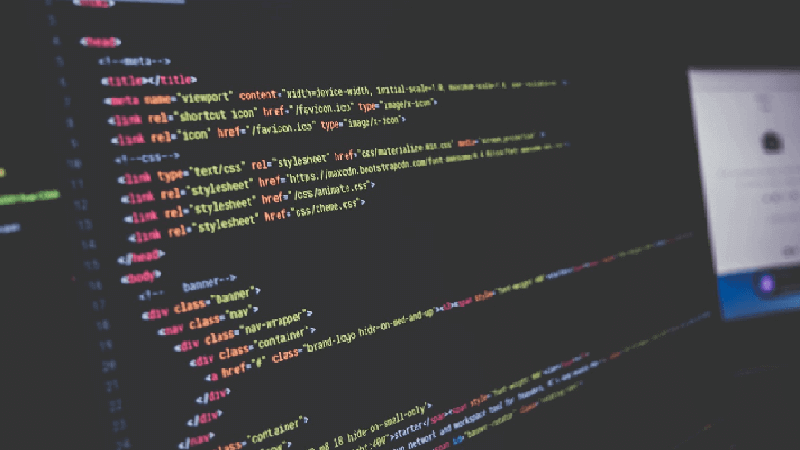
Technology is the need of modern business. To digitally change business models, ideas, and progress, companies are continuously looking for innovative technologies, better management systems, and user-friendly software. Advanced systems and stewardship help companies stay competitive not only on the native market but also on the world mark. A great quality of terms for enterprise management software causes uncertainty in some notions. Today, we will explore the difference between MIS and ERP terms and will try to distinguish those.
Both MIS (management information system) and ERP (enterprise resource planning) system manage business data and help officials make data-driven decisions. But, these two systems are a little bit different. Here you will learn certain connections and differences between MIS and ERP. Before comparing and contrasting MIS and ERP, let’s explain both.
Management Information System
MIS, a management information system, is a centralized database that collects information about the company’s departments and permits managers to use this information for managing workflow, making data-driven decisions and making reports. The basic theory of MIS is to process data from an organization and present it in the form of a report at regular interims.
The main objective of information systems implementation is to promote the business’s income and improve its profitability. The choices of MIS implementation are usually taken by chief technology/information officers. Here are the main features of MIS:
- Data capturing is the process of collecting data from various resources. This includes the following: customer touch points lives, e-commerce sites, global shopping, self check-out, etc., an output of one or more systems like sales, finance, market analysis, operations, etc. and from social media sites.
- Data storage. All the data is collected in a database or data files. This data is also saved in various storage media (DVD, hard drives, etc.). Cloud-based applications store data on virtual servers.
- Data processing. Changing all data into meaningful information is what is called data processing. This is an important function of MIS.
- Information and data distribution. As information is the core requirement, for achieving competitive support, the distribution of the right information to the right person in the right time is information distribution. The information could be in the form of report, image, message, file, video or audio. To facilitate comparison, information is presented in the form of charts or tables or graphs.
- Prediction and forecasting. With the help of modern statistics, MIS can predict business using historical data as a base.
- Planning. Reports are created based on the enterprise’s needs. These reports help management plan for the future.
- Control. MIS helps in monitoring and tracking operations against organizational plans. The difference between the operations and the organization’s plans is examined for exercising control.
As mentioned above, MIS has different functions that enable the management to function effectively and efficiently.
Enterprise Resource Planning
ERP means enterprise resource planning. It is a big system permitting companies to manage their information properly, promote information sharing, business planning, etc. In other words, that is what we call a management information system (MIS). And if you ask “Is ERP a part of MIS?”, we can say that it is. The ERP system is a subset of MIS.
Enterprise resource planning is a computer-based system that combines various functions like inventory, accounting, inventory management, human resources, etc. Here are the main features of ERP systems:
- Accounting. Accounting is one of the key functions of ERP software which is designed to manage receivable and payable accounts, payroll, tax reports, and working time tracking. Accounting tools give employees a real-time look at their finance system.
- Manufacturing. ERP provides a single interface for managing manufacturing processes like production, procurement, budgeting, planning, and forecasting.
- Customer relationship management. Helps customer interaction and manages relationships with suppliers and merchants.
- Forces discipline and organization around the business.
- Business intelligence. Maintains administrative activities. BI tools capture and analyze data processes within the ERP system.
ERP and MIS Relationship
Having determined the terms of both systems, we can clearly understand the purpose of MIS in ERP. As explained above, an enterprise resource planning solution is a part of a management information system. The main difference between the two systems is as follows:
ERP is all about automation of the workflow and accounting processes. ERP is planning. It examines business and forecasts development decisions.
MIS is all about reporting. MIS is information. It collects, saves, and organizes the information from different departments in a single database.



